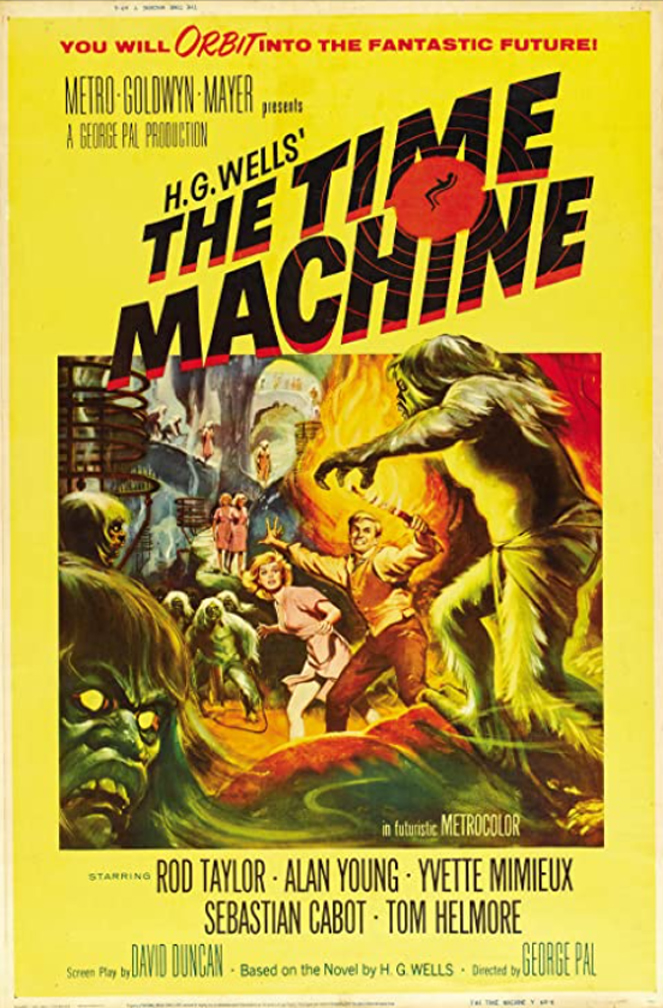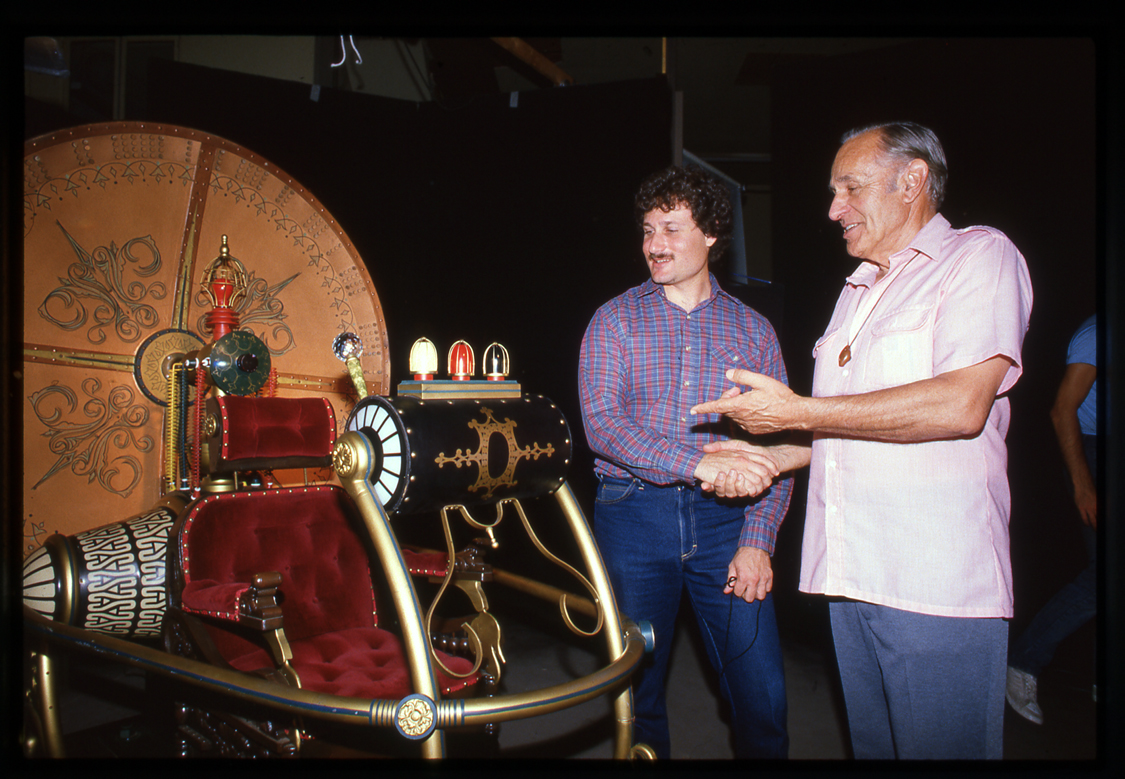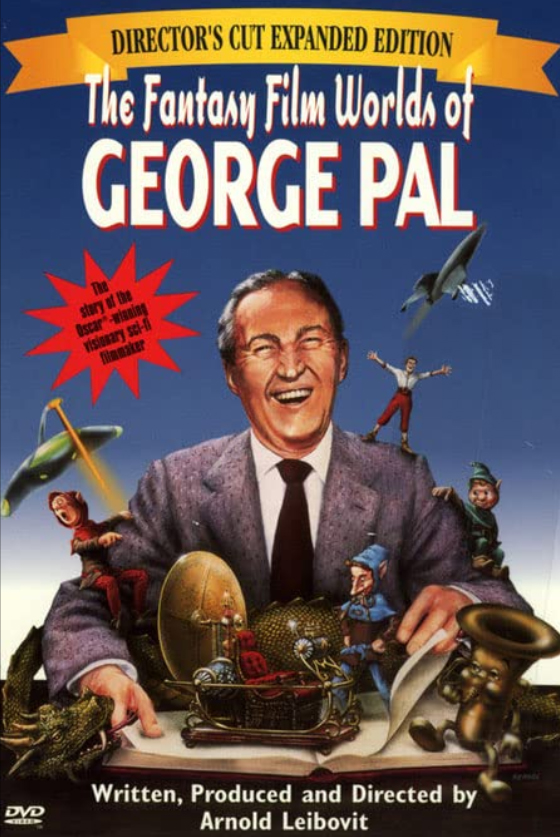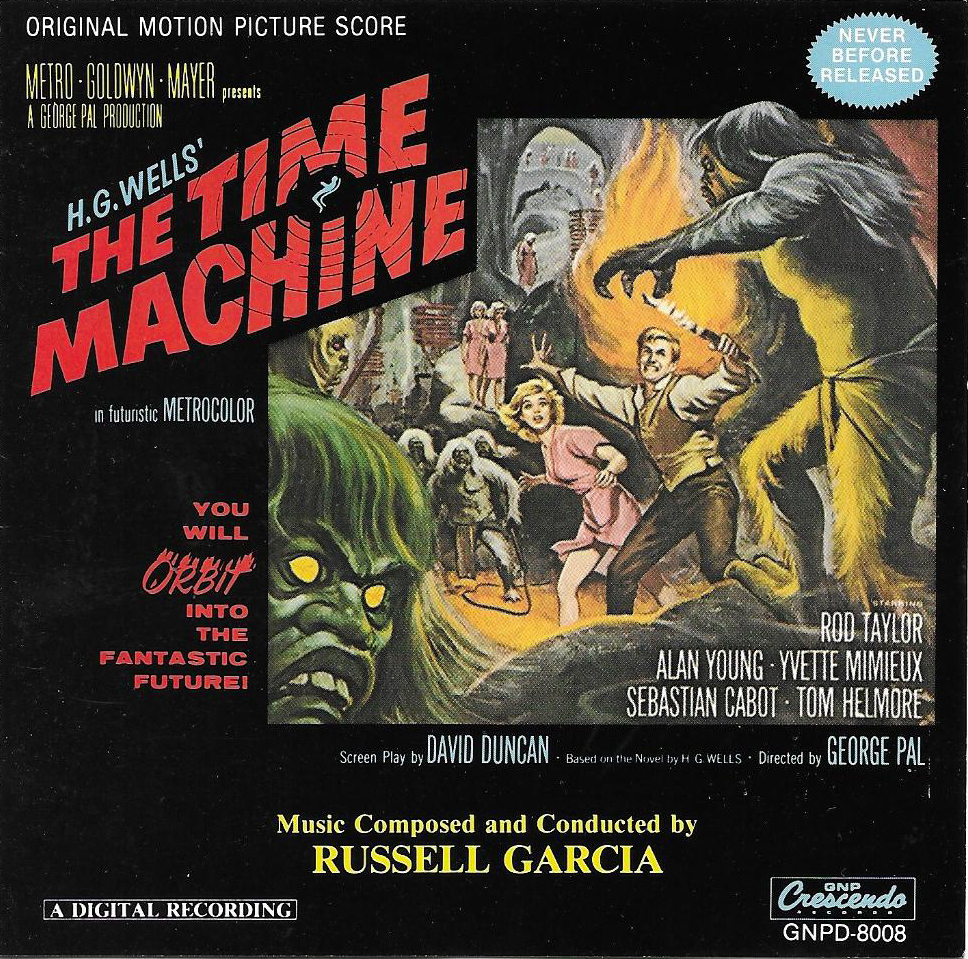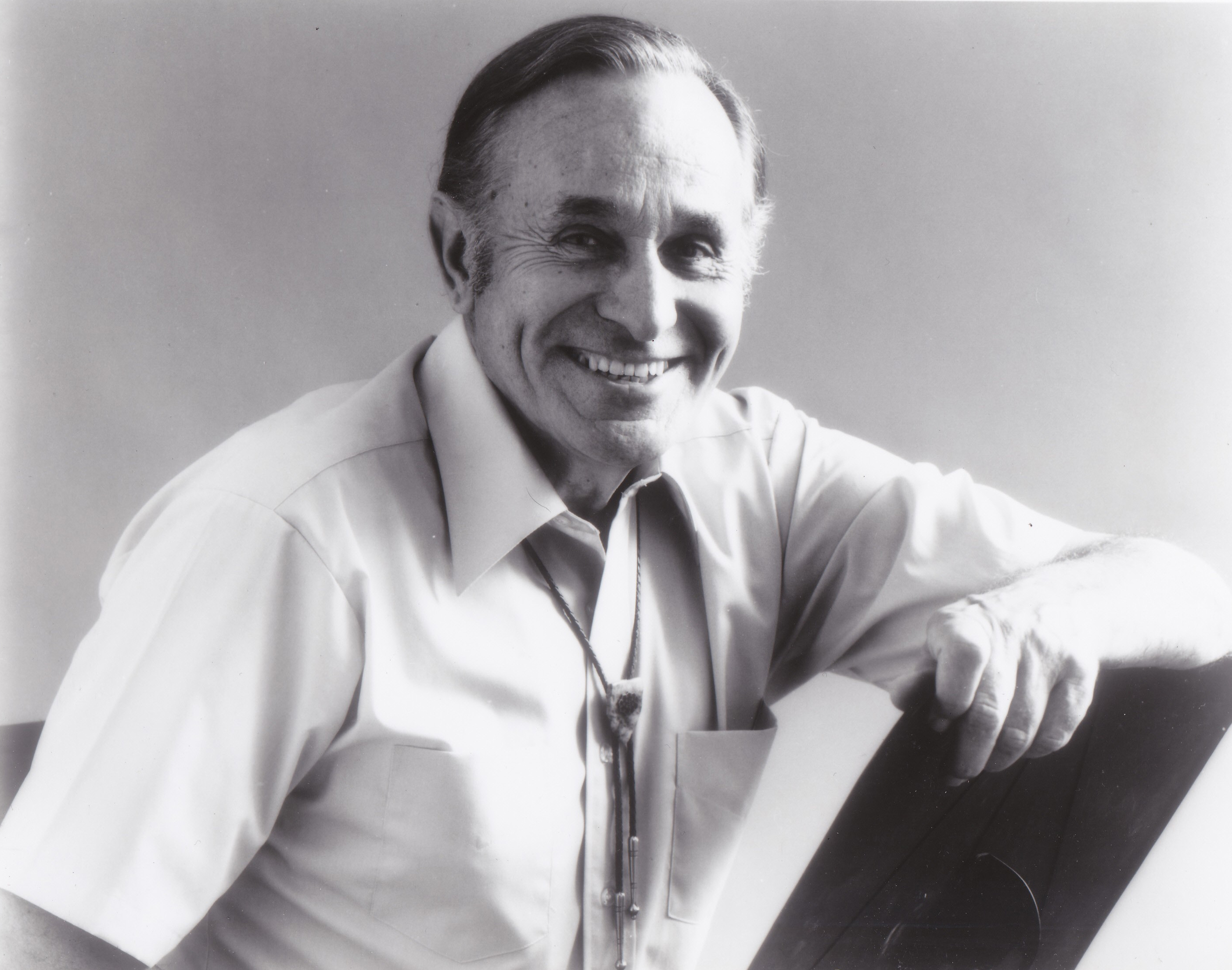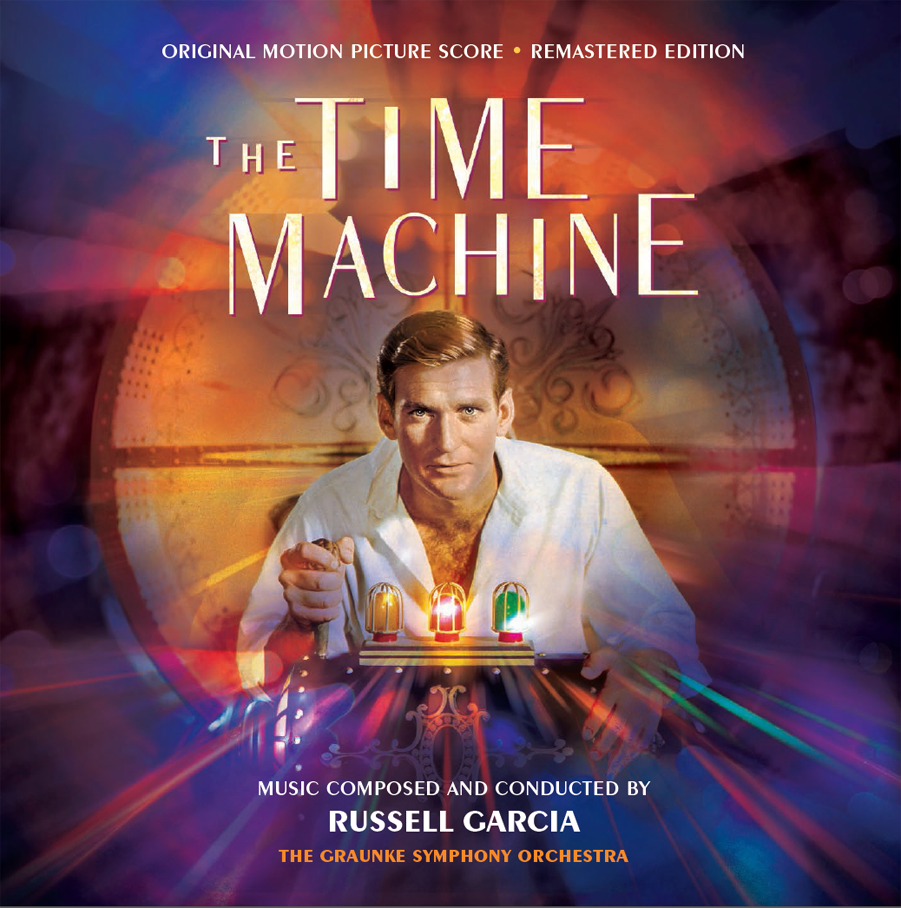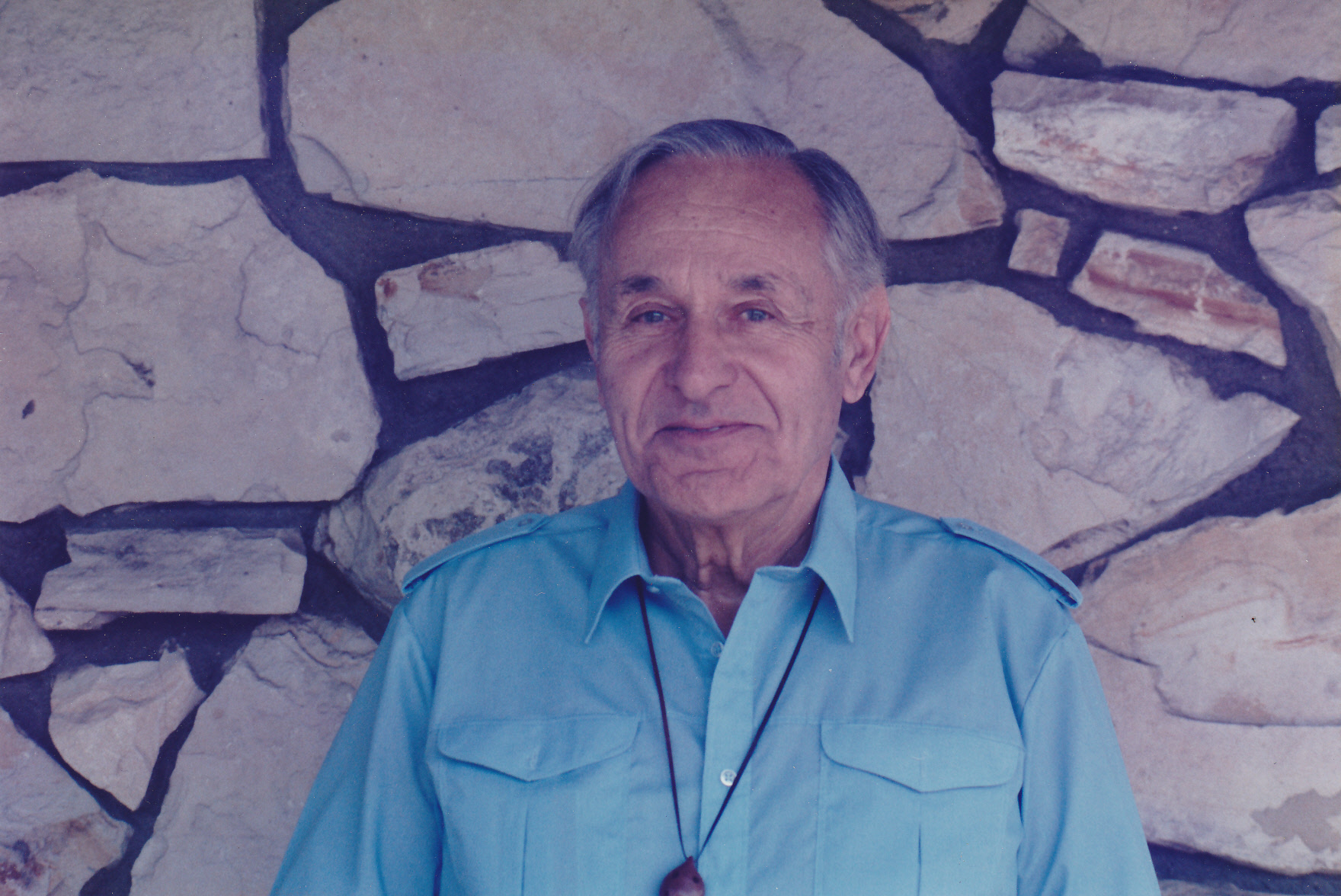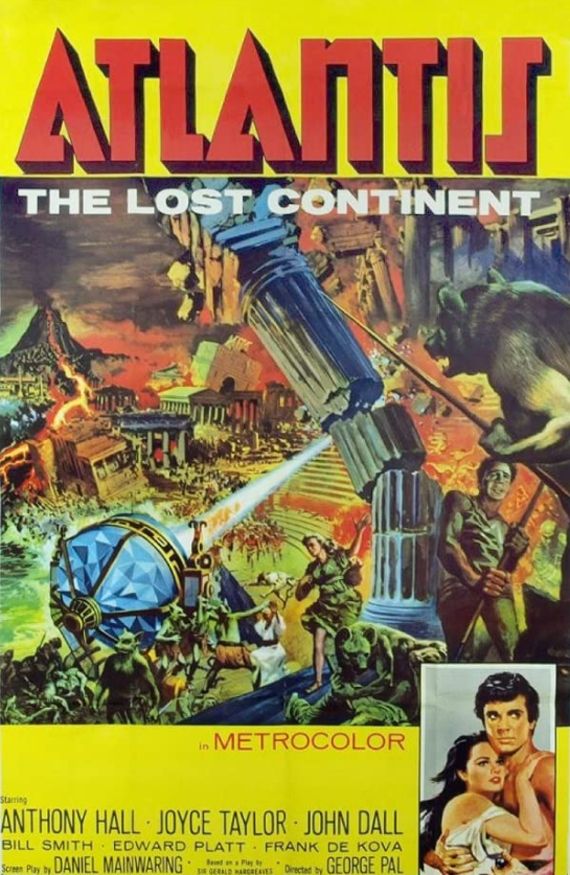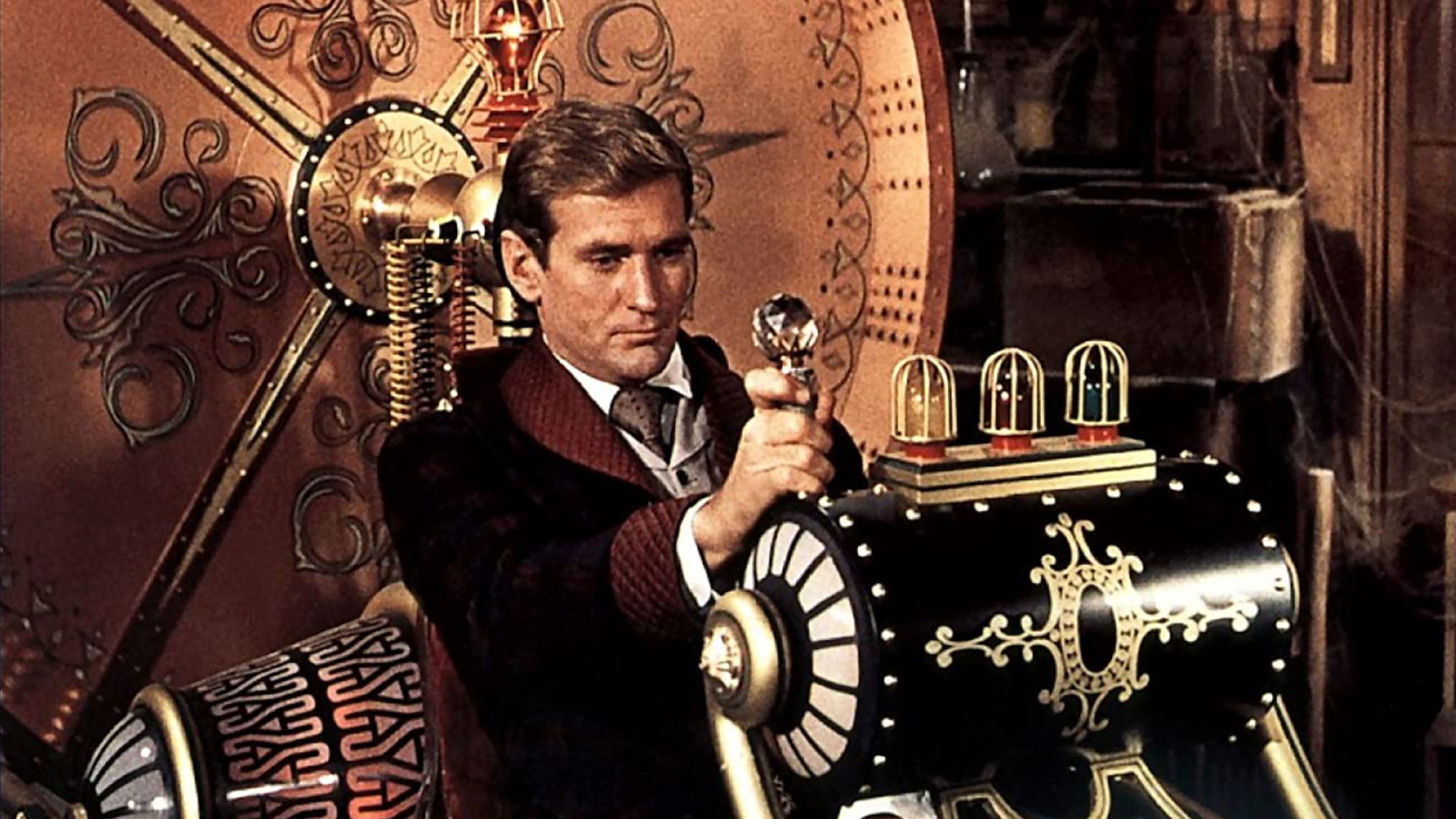February 18, 2022
Arnold Leibovit: Behind the Scenes – Preserving Russell Garcia’s Score to George Pal’s THE TIME MACHINE
Interview by Randall D. Larson
Director George Pal’s Academy Award®-winning 1960 classic film, THE TIME MACHINE, is perhaps Russell Garcia’s most well known musical work – a thrilling symphonic score bursting with a sense of wonder and adventure. The music is a brilliant mix of dynamism and romanticism that is both beautiful and uplifting. In Garcia’s inspired hands, we can hear the loving themes of Filby and The Time Traveler, the glorious Time Machine (a mechanism we fully believed could perform the fantastic), the beautiful and terrifying H. G. Wells’ worlds of the Eloi and the Morlocks – rekindled with a resonance both heartbreaking and unforgettable. In 1987, Garcia recreated his breathtaking music with The Graunke Symphony Orchestra in Munich, Germany, which resulted in a landmark re-recording of the film’s score.
Now after 35 years since the initial vinyl and CD editions, Russell’s rescoring and conducting of his brilliant TIME MACHINE composition is back. Remastered from the original digital stereo elements, this new version includes previously unreleased tracks. The bonus suite from 1961’s ATLANTIS, THE LOST CONTINENT that Garcia also rerecorded is included. The CD comes in a jewel case with a 20-page color booklet that features background information and an exclusive interview with Russell Garcia. Cover and graphic design by Jim Titus. Liner notes by producer Arnold Leibovit. For more details, to see complete track list, or to order, see https://puppetoon.net/products/timemachine
Q: What was your initial impression of George Pal’s THE TIME MACHINE when you first saw & heard it?
Arnold Leibovit: It was nothing like I had ever seen before. I was taken by it, no question about it. It was a sense of awe and boyhood wonder that made the imaginations of all young boys like myself soar. It was a very fresh take on the subject. We hadn’t really seen anything before on The Time Machine, it was the first screen telling of the actual H. G. Wells story, and I think George Pal did a wonderful job bringing his unique sensibilities to the production which made it so unforgettable. I would say my first impression of the film was jaw-dropping to say the least. When I saw it as a kid, I can’t say I knew every aspect of technicality – such as music or special effects; but somehow all those things coalesced into something seemingly perfect for the time. Of course as the years went by I became more familiar with the technical details of the film and recognized just how much the music played such an important role.
Q: How did you first get to know Russell Garcia?
Arnold Leibovit: I was doing THE FANTASY FILM WORLDS OF GEORGE PAL documentary [1985] on George’s career and his films and all the people who worked with him, and in that process I contacted Russ. We talked a lot about George. I invited him to come down to the set; we were shooting the sequence with the original Bob Burns’ Time Machine. Mrs. George Pal, Russ Tamblyn (Pal’s TOM THUMB) and Alan Young came. We took publicity photos. It was quite a day to remember.
I’m in love with the score as we all are, and I suggested to Russ maybe we should do something. I had already gone through the studio music department at MGM, they were extremely helpful to me. I had all the original tracks, but they were mono tracks, on reel-to-reel tape; and it was just scene-to-scene and a bit jumbled, so to speak, not really put together fully. So that, combined with the fact that it had never been released as a score before, was the motivation for producing a soundtrack release. Rather than use those reel to reel mono tracks (later released as a Film Score Monthly CD), Russ and I talked about his rescoring it in stereo so we ended up producing the album that way. We hired a studio orchestra in Munich, Germany. It was really Russ’s desire to do it in Germany – he had worked with orchestras all over the world and he was familiar with the Graunke Symphony in Munich who were a highly skilled group of talented musicians.
At MGM no one had done anything with THE TIME MACHINE or had really researched anything on George’s films before. I had been dealing with all of his projects at both Paramount and MGM at the time. Now it’s more common and people are doing this; but at the time nobody knew where anything was, and it was an archeological expedition to figure all this out. MGM was kind of in a state of flux, the archival section of the studio was being re-calibrated and organized, for a variety of reasons. I remember going into huge vaults with nothing but film cans everywhere. They had to organize and tabulate and do all kinds of things necessary for the library, so I was in the midst of all that, but I was probably helping them, because I was unearthing a lot of material they may not have known they had.
The problem was all that MGM had was the conductor’s music on the film. The individual parts for all the instruments of the orchestra were destroyed. That’s why Russ had to rescore it. He had to write all the parts for all the players essentially from scratch, and then had to bring the orchestra together to make it all work. In retrospect, it was a mammoth undertaking.
Q: This was for the GNP Crescendo recording, in 1987?
Arnold Leibovit: I produced the recording done in Munich. Crescendo was not involved at that time. They came onboard as a distributor afterwards and worked on the finished digital files Russ and I had already completed. The files were altered with such things as timing, tempo, pitch, and editing. Because the score had never been released before, we were trying to emulate the movie as much as we could, and I think part of that is the reason it turned out with changes the way it did. Russ had recorded his score and reconstructed it, really, as he saw it to be – as a musical work. A movie is different, a movie has constraints – you have to fit scenes into certain periods of time, you have to lengthen and sometimes speed things up and edit. What Russ did was create a musical work that would play and be pleasing to listen to. I thought it was remarkable how close it is to the original soundtrack.
Q: What led to this new 2022 CD recording ?
Arnold Leibovit: Russ had given me what he did, and my view over the years was I wanted to go back to what was originally done in his recording, without any changes. That was the motivation to do this new version and to remaster it. I wanted to take what he originally did, in its pure, authentic form, and release it that way. As a result, there are tracks heard exactly as he had written and recorded that were not included before. That’s what it represents. It’s a tribute to Russ because he’s not with us anymore, and I felt the time was right for people to hear what we had originally recorded.
Q: What was your process of doing this?
Arnold Leibovit: First I had to find out if the digital tracks were even in a condition to be done. They’ve been sitting in temperature-controlled storage for three and a half decades. The files had to be sent to an expert to evaluate, so that was the first thing that happened. I’m working nearly full time now restoring the Academy Award®-winning George Pal PUPPETOONS. One of the techs I knew put me in touch with John Strother who runs Penguin Recording in Los Angeles. He is an expert in music restoration and older digital formats. THE TIME MACHINE recording was one of those. I remember Russ coming back from Germany and relating how excited he was because digital was not as common here at the time; we were still mostly on reel-to-reel tape, and not many things were being done in the digital world. The studios in Germany, the engineers and the mastering people, were ahead of the curve with digitization and new technologies. So our early digitized format had to be reviewed. We were all pleasantly surprised and I was relieved that the elements were in such excellent condition. So this was part restoration as well as remastering with the goal of keeping everything authentic without any alteration.
Q: What is different in this new version from your previous release of the score?
Arnold Leibovit: Tracks run longer without cuts or speed changes. No re-edits were done and nothing is replaced. There are certain effects that Russ put in, certain dynamics that he used with the orchestra that are a little bit different and were removed the last time. What’s interesting about the effects in general was how much an innovator Russ really was. He was a film doctor for one thing, who was called into the movie studios when there were problems with their motion picture and TV scores. Russ was a real problem solver for them. He did that for Universal Pictures where he was contracted for over 15 years composing and arranging.
Q: What can you tell me about Russ, himself?
Arnold Leibovit: He was a terrifically talented guy and a wonderful human being. He was a gifted musician, arranger, composer, conductor, and understood music so well, he could take simple ideas and broaden them into great pieces of music. A good example of that is what he did with Charlie Chaplin on LIMELIGHT [1952], which won an Academy Award® for music. It was quite extraordinary because all Charlie Chaplin did was give Russ some piano parts he wrote, and Russ was able to take those lines of music and expand it into the lush melodic orchestration we hear in LIMELIGHT. It is generally regarded as the best piece of music associated with any Charlie Chaplin movie. He also did this somewhat on TOUCH OF EVIL [1958], with Orson Welles, which was based on the music composed by Henry Mancini. He did the full score orchestrations for that film.
I think what Russ did on THE TIME MACHINE was equally remarkable. He had a great sense of invention and was as much an innovator and pioneer in music as George Pal was in science fiction, animation, and special effects. George had heard Russ’s breakthrough space music album Fantastica and was so impressed with it he hired Russ. Fantastica was so far ahead of its time when it came out, it was really the first example of space music… a real first. George Pal had enough wisdom to recognize Russ’s great talent to do the score.
Russ created these wonderful effects in THE TIME MACHINE using all sorts of instrumentations and things very much like what George did with stop-motion animation. I find a real interesting parallel between the two of them. Russ invented all sorts of ideas, because THE TIME MACHINE was a total innovation as a movie; it had never been done before, to express time travel in a visual way. The studio certainly didn’t know how that could be visualized. Because of George’s understanding of special effects and animation he was able to pull it off, and to complement it, Russ also did that in his own way. Now at first, what Russ wrote was much more far out there, like in some elements of Fantastica. I think George was very impressed by it, but it wasn’t what he had in mind completely. And so without saying too much, I think Russ went back and rewrote some things for George, and it was some of the more simple folk melodies that George liked.
In the interview I did with Russ years ago, which is included in the new CD liner notes, he talked to me about how some of those simpler things were incorporated in the score along with some of the far out effects that in the end George Pal accepted without realizing it. That was the sort of pioneering work I was alluding to about Russ a moment ago. When he was recreating some of these sounds of time travel, the movement of the Time Machine, the spinning and whirling sounds, it really came home to me what a real genius Russ was.
When we did the original recording in Germany, what was so mind blowing to me was how Russ was able to recreate these unique sounds with instruments and various effects almost identical to what he did in the original movie soundtrack. Plus he did it at a time in film history when this sort of thing was never really attempted before. Equally impressive is how he recreated what he had done from years before and made it all so accurate and integrated… that, to me, was extraordinary.
Q: How did ATLANTIS THE LOST CONTINENT become involved in these albums?
Arnold Leibovit: That was my crazy idea. It was 1961 and ATLANTIS THE LOST CONTINENT had come out, which was about the destruction of the continent of Atlantis. I was eleven, living in Miami Beach, Florida where I was born. It was during the Cuban Missile Crisis; Khrushchev’s nuclear missiles were positioned ninety miles away from us, and we were living under the threat that the whole world was going to blow up. Everyone was frightened that something terrible was going to happen. So here a movie like ATLANTIS THE LOST CONTINENT comes out as a piece of escapism from the real world fear around us. You see, I had already been following George Pal even at 9 years old and after THE TIME MACHINE was more than eager than ever to see any film Pal was making. ATLANTIS swept me away and I forgot the outside world for those 90 minutes. I loved seeing the film at the time. No one had ever made anything quite like it before. Pal worked on many totally unexplored subjects like the mysteries of Atlantis, as he did with time travel, when few on the planet were even thinking about such ideas. Today some elements of the film may not play as well, but at first viewing it was pretty amazing. Again, Russ’s music was the lynch pin that just took the whole thing to another level, from Paul Frees’ opening narration to special effects and set pieces, the semi-religious theme, many things made it quite memorable. Today it may seem corny but at the time it packed a wallop.
So when I did the album, I asked Russ if we could include a bit of it from the music he had composed. As a favor to me, he came up with the six-minute ATLANTIS Suite. He had to do the same thing he did on THE TIME MACHINE by reconstructing his music from the conductor score as again all the instrument parts were destroyed. I think it’s a dynamic, beautiful score often overlooked. There’s something about the Love Theme from ATLANTIS in particular that is equally resonant and emotionally affecting as the Weena Love Theme in THE TIME MACHINE.
Q: How would you like to see this new CD appreciated? How would you like it to be considered by the listeners?
Arnold Leibovit: I think for the most part I would hope people would come to appreciate and realize what a gifted composer Russell Garcia was. It really is a tribute to Russ – that’s my hope. THE TIME MACHINE is George Pal’s greatest film and Russell Garcia’s greatest score, combined. It’s the pinnacle of both, and I love the idea that this can represent that. My goal for the project was as a tribute to Russ as he sadly passed on at the age of 95 in 2011. I think about him often. Like George Pal, he was such a special person, unlike anyone I’d ever known. There was a self-effacing, gentle and charming quality about both of them.
Russ, along with his wife Gina, contributed their lives to world peace. They were members of the B’hai faith. Russ spent his many years circling the globe teaching children about music and doing wonderful things with orchestras everywhere with the idea of building a better world, a world of peace. That was him all the way through. And so this is a tribute to him, the talented and remarkable one-of-a-kind human being that he was.
For more information on Russell Garcia, see:
Interview with Russell Garcia by Matthias Büdinger from Soundtrack Magazine (1992), archived here;
Interviews with Russell Garcia by Randall D. Larson (1984-85), archived here.

